NotCo & Chef Giuseppe 👨🏽🍳
Combining the strengths of humans and AI to create plant-based recipes for animal-based products.
Welcome to a new episode of Year 2049, your weekly guide to the events, discoveries, and innovations shaping the future of tech, climate, science, and more.
If this was forwarded to you, subscribe to get a new story in your inbox every Friday 👇
Happy Friday!
On our trip to the future this week, let’s talk about something we love, something that we literally can’t live without, something that we can never get enough of:
FOOD.
It’s a necessity for survival, an escape from boredom, and the main star of our camera rolls.
Hope you enjoy this one.
Time to read: ~ 4-6 minutes
Chef Giuseppe
The backstory
The current state of food production
Half of the world’s habitable land area is used for agriculture.
HALF.
I found this fantastic visualization created by Dr. Hannah Ritchie about how global land is used for food production.

Some important highlights:
Global agricultural land = 77% for livestock (aka farm animals) + 23% for crops/plants
Livestock only produces 18% of global calorie supply and 37% of global protein supply (and I thought chicken nuggets had a much bigger share of the global protein market).
Plants produce a whopping 82% and 63% of global calorie and protein supply respectively.
Read Dr. Ritchie’s full analysis here.
More people, more food
Global food consumption and demand are on the rise and will continue to rise as the world population is expected to reach 9.7 billion by 2050 (we’re currently at 7.7 billion). Some important implications:
We need more land: More agricultural land will be needed to keep up with the increasing demand. Unfortunately, we can’t grow more land out of thin air (unless Dubai shows us its tricks).
Increased risk of extinction: As of 2021, agriculture threatens 38,000 species of extinction according to the IUCN Red List.
More greenhouse emissions: Livestock accounts for nearly two-thirds of agricultural greenhouse emissions and over 75% of methane emissions.
The solution isn’t to eliminate farming. It’s about finding a better balance of how we use our planet’s resources while making sure everyone can eat well. This has been the main driver behind the big boom of plant-based alternatives over the past few years. You may be familiar with some of them like Beyond Meat and Impossible Foods, but have you heard of NotCo?
Meet NotCo and Giuseppe
NotCo, a Chile-based startup, is on a mission to recreate the foods we love in a way that won’t ruin the planet. The startup’s biggest star is Giuseppe, their artificial intelligence model that creates plant-based recipes to replicate animal-based products such as milk and meat. The model is named after the Italian painter Giuseppe Arcimboldo who painted people’s faces in the form of vegetables during the 1500s.
NotCo currently sells plant-based products including burgers, milk, ice cream, and mayo in South America, Mexico, and the US.

NotCo’s milk requires less energy and water to make, and produces fewer CO2 emissions than regular milk:

Fun fact: the first plant-based milk that Giuseppe created was green, which inspired this week’s comic.
How it works
Karim Pichara, NotCo’s CTO, explained the end-to-end process of how Giuseppe creates a recipe in an online seminar. It’s a complex and continuous loop of experimentation and feedback between Giuseppe and NotCo’s large team of chefs, scientists, and sensory experts.
I’ve tried to simplify it as much as possible, but I’ve linked Karim’s talk further down if you want to get into the technical details and see Giuseppe in action (it’s really cool and I highly recommend it).
The process of creating a plant-based recipe can be broken down into 3 steps:
Step 1: Prototyping different formulas
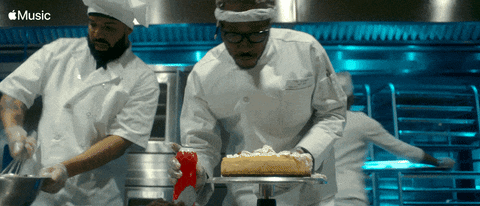
NotCo’s chefs start by setting a “food target” they want to recreate (“fish”, for example) in the Giuseppe interface which looks as simple as Google Search. The chefs can set their desired levels of macronutrients (carbs, fat, and protein), exclude specific ingredients, and define the “flavour profile” such as sweetness or saltiness.
Giuseppe takes these inputs and analyzes the molecular structure of the food target to generate potential formulas. The chefs prototype these formulas and provide their feedback into the system: they upload a photo of the sample and document characteristics including colour, smell, flavour, texture, and saltiness which helps improve the overall Giuseppe model.
Step 2: Creating a functional and scalable recipe

Food manufacturers usually source ingredients from local suppliers to make the food we eat every day. However, not all suppliers have the same ingredients so there’s no “one-recipe-fits-all” that can be used across the world. Additionally, slight variations in plant-based protein can have a big impact on the final product so finding the right alternatives is crucial.
This is when the food scientists step in.
After the chefs find the right formula, the food scientists start to look for alternative ingredients to ensure that the recipe can be produced at scale in different regions based on local supply.
The scientists get access to a “protein search tool” with a large collection of ingredients and details about their nutritional and chemical properties, along with experiments (provided by Giuseppe) to test these alternatives.
Step 3: Flavouring
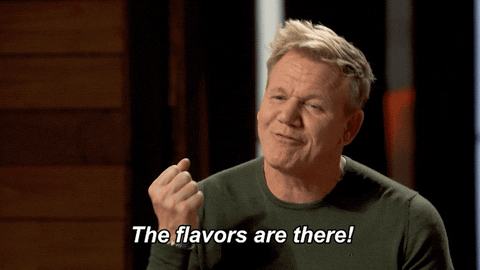
During the manufacturing process, food loses its odour and flavour after passing through different industrial lines. NotCo’s sensory experts use Giuseppe to search for compounds that can recreate the flavour that was lost. Typically, animals are also used to flavour food but Giuseppe provides more sustainable options to pick from.
🔗 Watch Karim Pichara’s full talk
Final thoughts
After watching Karim’s seminar, I was blown away by the level of detail, collaboration, and feedback loops involved in NotCo’s product development process. NotCo is a great example of bringing together AI and human expertise to create feasible and scalable solutions. The AI model alone would ignore important factors like texture, taste, and colour. Meanwhile, humans alone would take a long time to find the right combination of plants and proteins which the AI model can do in an instant.
Another interesting thing Karim mentioned in his talk was NotCo’s goal of helping other companies making food using their technology and science. Once Giuseppe can consistently produce tasty and scalable recipes, it wouldn’t be surprising to see them license this technology to food manufacturing companies. Each company could then create its own custom recipes to replicate its animal-based products using plant-based alternatives. If Giuseppe is successful, and I hope it will be, it will truly revolutionize the way we make food.
An important consideration that shouldn’t be forgotten is the cost of these plant-based alternatives. To truly effect change, they should be priced similarly or cheaper than animal-based products. The benefits of plant-based alternatives are clear, but when it comes to picking between both at the grocery store, it may be less tempting to buy them if there are significant cost differences.
I want to hear from you
What do you think of the Giuseppe algorithm and its potential impact on how we make food? Leave a comment and let me know.
If you missed the previous episode
Next week
I hope you enjoyed this week’s story! Next week, I’ll be talking about a new way to deliver pizzas (and other things).
Make sure you’re subscribed so you don’t miss it 👇
Much love,
Fawzi
How would you rate this week's newsletter?





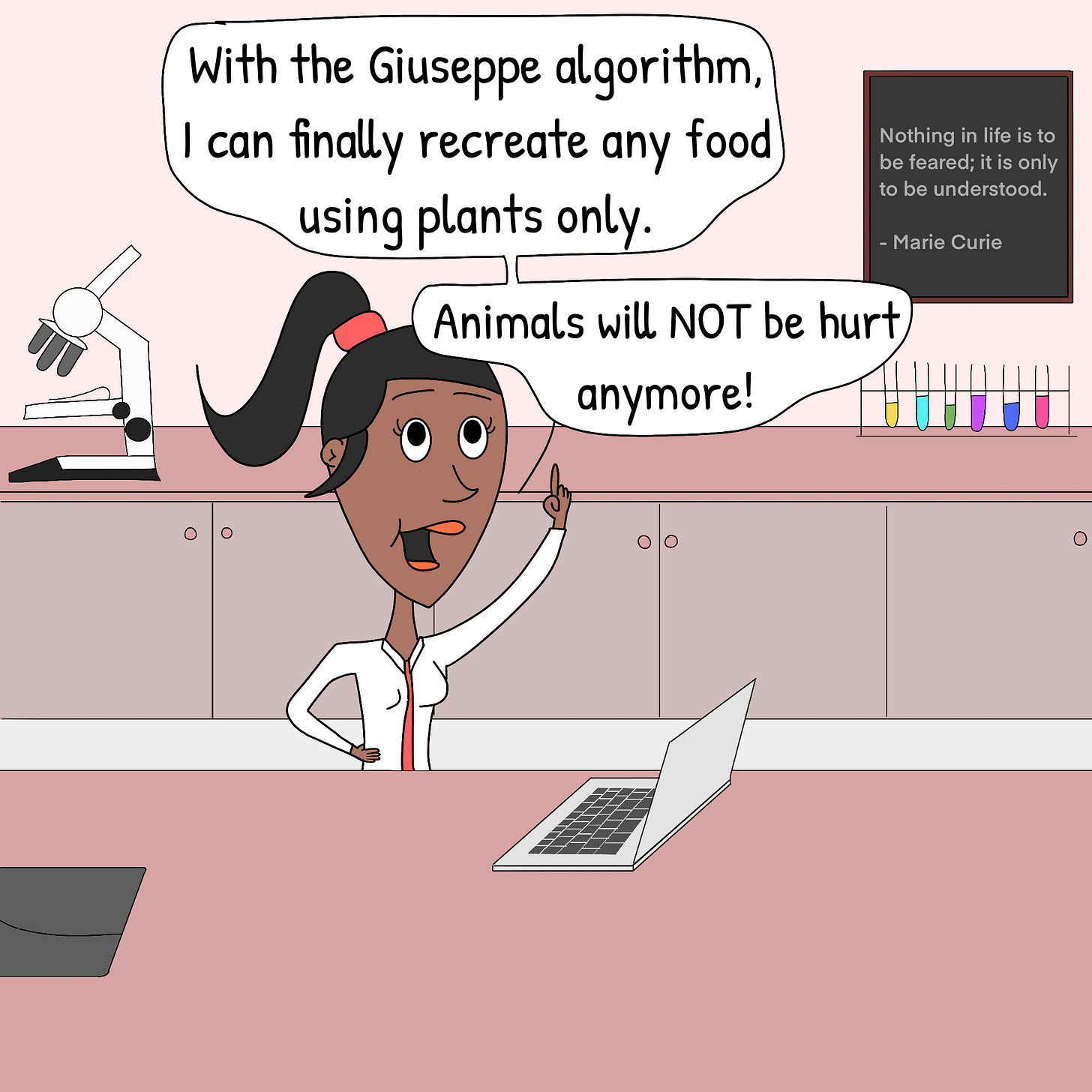

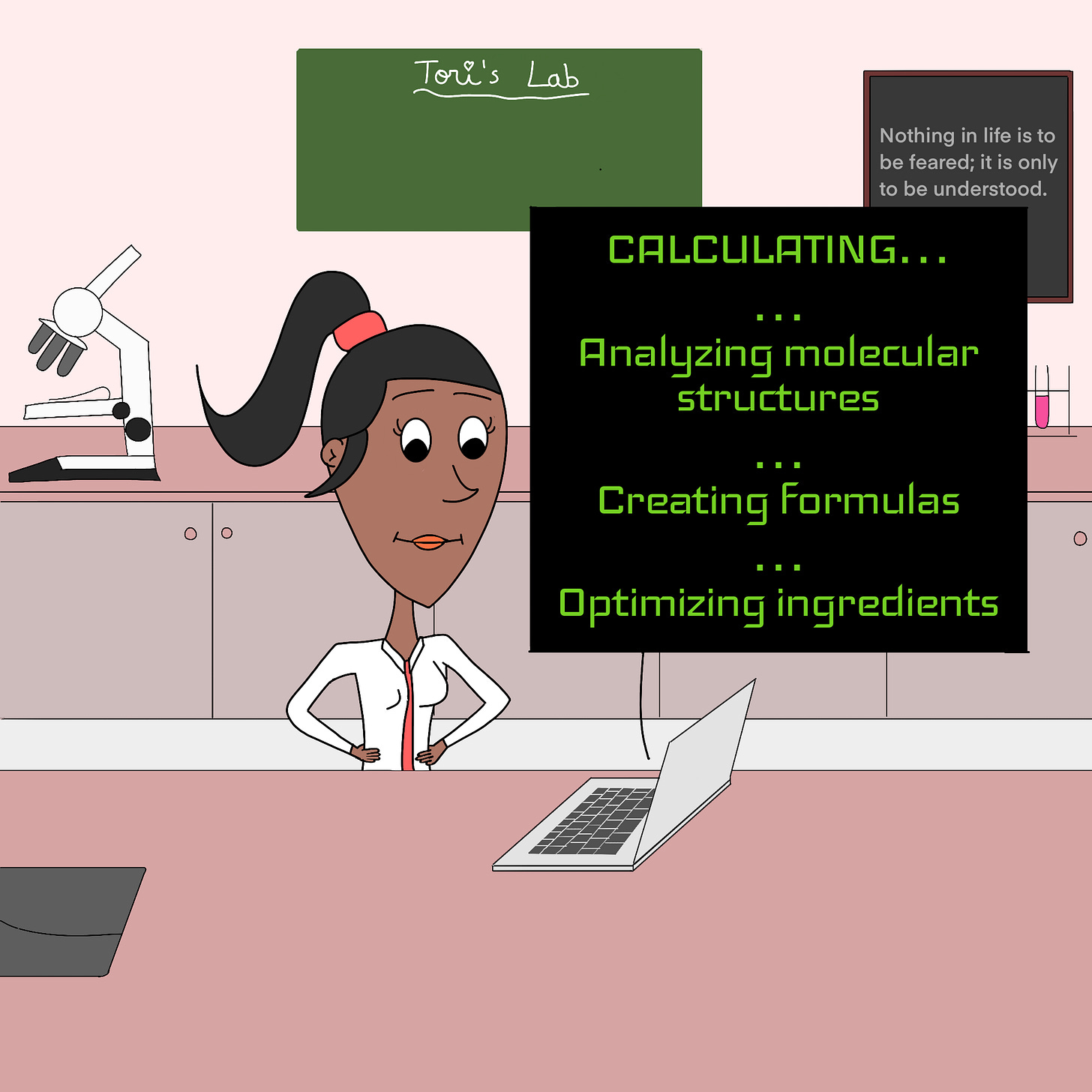




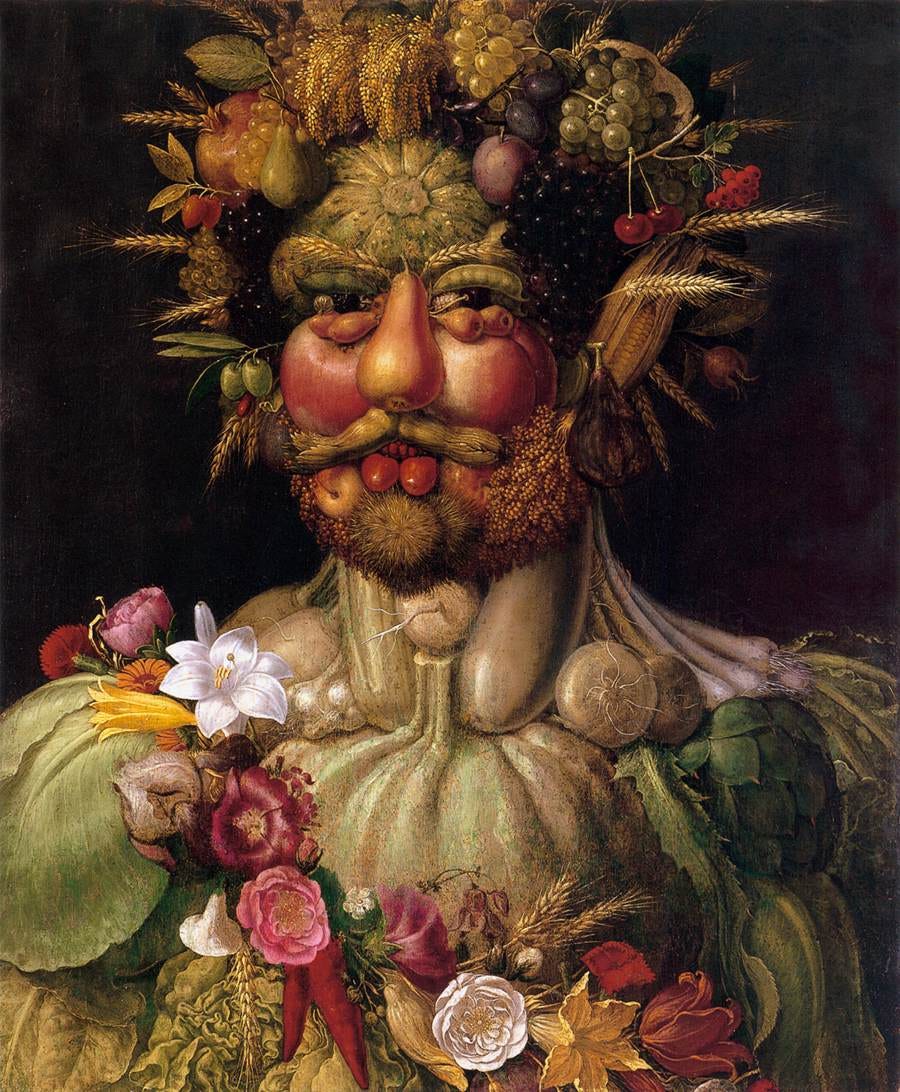

I want to invest in Pre-IPO Not Co hahahah thanks Fawzi